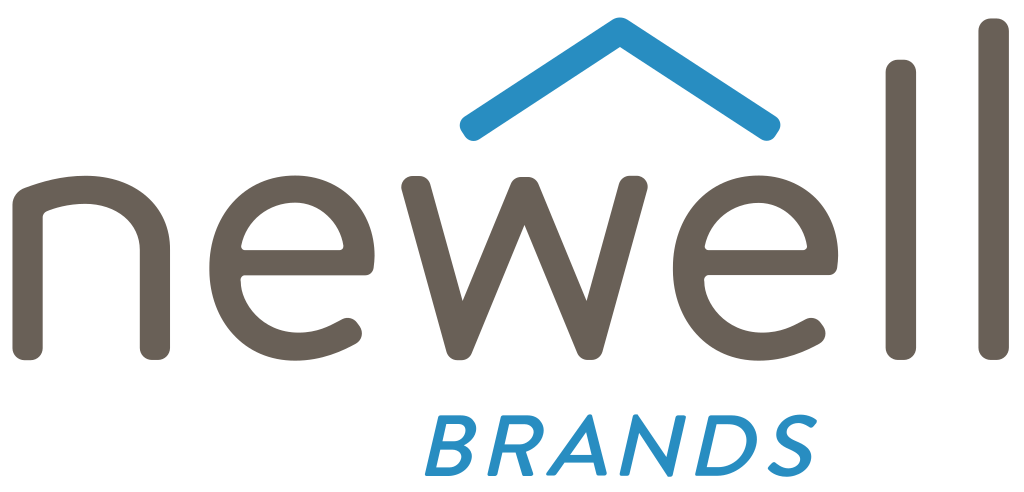Trusted by the best






























of 10 of the Fortune 10
of 10 largest U.S. banks
of 10 largest utilities
of 10 Top U.S. hospitals
of 10 largest manufacturing companies in the world
of 10 largest oil & gas in the world
See how leading organizations are transforming their security with the power of platformization
Platformization in Action
How 8 Organizations Solved for Security Complexity

Schnuck Markets secures an innovative advantage with Palo Alto Networks
>1M
threats blocked
>300
malware attacks prevented

Colgate-Palmolive advances vision for secure manufacturing with a unified platform approach
6 to 1
consolidated 6 tools to 1 console for incident investigation
900
enhanced performance for 900 unique applications across business and factory sites

ADT locks down cyberthreats with best-of-breed security
99.997%
reduction in data volumes
92%
of alerts resolved automatically





















